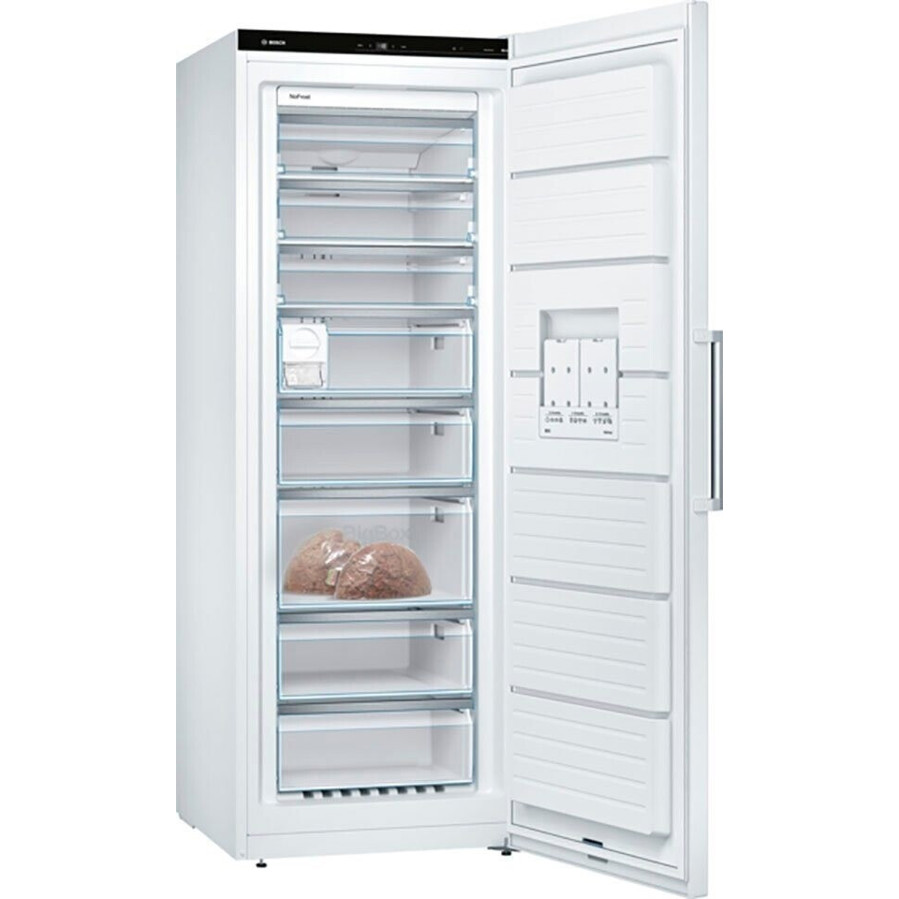15 Startling Facts About Installation Buy A Freezer That You Didn't Know

A Comprehensive Guide to Buying and Installing a Freezer
When it comes to saving food, there is no much better ally than a freezer. Whether you're an avid meal prepper, someone who likes to equip up on seasonal vegetables and fruits, or a hectic parent trying to handle a household, a freezer can considerably improve your food conservation practices. However, acquiring and installing a freezer needs cautious consideration to guarantee you get the most out of your financial investment. This article will provide useful insights and suggestions to help you buy and set up a freezer efficiently.
Comprehending Freezer Types
Before buying, it's crucial to comprehend the various kinds of freezers readily available on the marketplace. Each type has its own set of features, benefits, and ideal use environments. Here's a breakdown of the most typical types:
| Type | Description | Pros | Cons |
|---|---|---|---|
| Upright Freezer | A vertical system that resembles a conventional refrigerator. | Easy gain access to; space-efficient; multiple racks for organization. | Less storage capability than chest freezers. |
| Chest Freezer | A horizontal freezer that opens from the top. | Greater storage capability; much better energy efficiency; suitable for bulk storage. | Uses up more flooring area; more difficult to arrange. |
| Portable Freezer | Small, compact freezers meant for travel or small spaces. | Lightweight; simple to transportation; ideal for minimal storage. | Restricted storage capacity. |
| Counter top Freezer | Compact units created to fit on countertops. | Space-saving; common for small homes; easily available. | Less capability than full-sized options. |
| Built-in Freezer | Freezers that are designed to be incorporated within kitchen cabinetry. | Supplies a smooth visual; custom size options. | Normally more expensive; requires professional installation. |
Understanding these types will enable you to pick a freezer that best suits your storage requirements and available space.
Key Features to Consider
When wanting to buy a freezer, you need to consider several essential features. Here's what to bear in mind:
- Size and Capacity: Consider the available space in your home and just how much food you prepare to shop. Common sizes vary from 5 to 25 cubic feet.
- Energy Efficiency: Opt for designs with Energy Star ratings to save money on electricity expenses.
- Temperature level Control: Look for freezers with adjustable temperature level settings.
- Defrosting: Decide in between manual and automatic defrosting options. Automatic defrost is ideal for decreased maintenance.
- Sound Level: If sound is an issue, examine the decibel levels of your possible freezer as some units can be louder than others.
- Storage Options: Examining the layout and organizational devices such as bins, racks, and dividers can assist you maximize storage.
- Toughness and Warranty: Consider the develop quality and the service warranty duration to guarantee a long life-span for your appliance.
Installation Considerations
When you've purchased a freezer, it's time to consider its installation. Here are key actions to guide you through the procedure:
1. Pick the Right Location
- Ventilation: Ensure that the area has adequate ventilation for the freezer to run effectively.
- Distance to Power Source: Place the freezer near an electric outlet to prevent utilizing extension cords.
- Temperature level Control: Avoid installing the freezer in locations subject to temperature extremes, such as garages or basements.
2. Prepare the Installation Area
- Level Surface: Ensure that the surface area is level to avoid unneeded wear and tear on the appliance.
- Tidy Area: Clear any particles and dust in the suction area at the back of the freezer.
3. Unbox and Position the Freezer
- Managing: Use caution when handling the freezer. It's best to have at least another individual to aid with larger models.
- Position: Once unboxed, carefully place the freezer in the picked area.
4. Connect to Power
- Voltage Check: Make sure the power ranking matches the freezer's requirements.
- Power Up: Plug in the freezer and enable it to run for a couple of hours before including food. This ensures it reaches the desired temperature level.
5. Adjust Shelving and Temperature
- Arrange: If your freezer has removable racks, arrange them according to your requirements.
- Set Temperature: Adjust the temperature setting as needed.
Frequently Asked Questions (FAQ)
Q1: How long does a freezer last?
A: The common lifespan of a household freezer is around 10 to 20 years, depending on the brand, usage, and maintenance.
Q2: Is it alright to put a freezer in a garage?
A: It is usually acceptable, but make sure that temperature levels in the garage do not drop listed below 0 ° F or go beyond 110 ° F, as extreme temperature levels can impact performance.
Q3: Should I leave area in between the wall and the freezer?
A: Yes, leave a minimum of a few inches in between the back and sides of the freezer for correct ventilation.
Q4: What upkeep does a freezer need?
A: Regularly tidy the interior and outside, inspect the seals on doors, and defrost if needed (for manual models).
Q5: Can I use an extension cord with my freezer?
A: It is not advised to use an extension cord. Plug directly into Kühl-Gefrier-Kombination Kaufen for security and optimal performance.
Purchasing and installing a freezer is an investment that can exceptionally affect your food storage capabilities and total kitchen organization. By comprehending the types, essential functions, and installation pointers described in this guide, you can confidently make informed choices while establishing your new appliance. From selecting the right design to placing it effectively in your house, these actions will make sure that your freezer serves you well for many years to come. Happy freezing!

